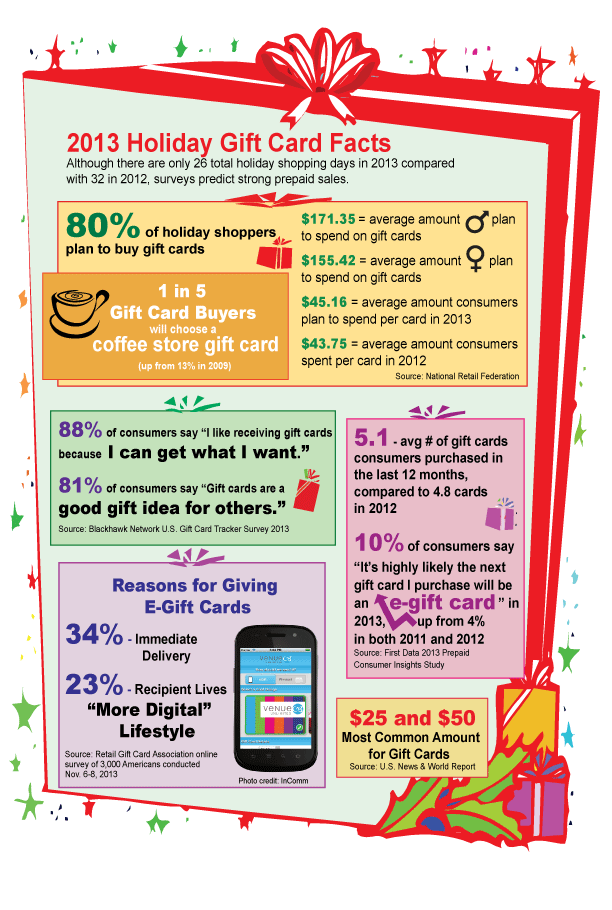Laser etching on glass can include colorful, tailored designs to a series of products. This versatility is just one of the primary benefits of laser technology over various other engraving methods.
Prior to you etch your glass products with the laser, know a couple of usual issues that can occur. These ideas will certainly aid you achieve the best results feasible.
Just How Laser Inscription Works
Laser engraving is a popular method for etching and customizing products. It is a procedure that can be executed on a variety of materials, including glass, wood and metal. Laser etching makers can create really thorough layouts, with fine lines and precise cuts. Using this technique, you can produce customized awards and other products that make sure to thrill.
To accomplish the preferred outcomes, initially, you will certainly require to conceive the style. This will assist you to choose what kind of picture or text you wish to etch externally. After that, you will need to convert your idea into a digital graphic. This can be made with visuals style software application, such as Adobe Illustrator or Inkscape, and after that saved into a file format that works with your laser engraver.
As soon as the inscribing documents are prepared, it is time to begin preparing the material for laser marking. This can be done by applying a black mask that is designed specifically for laser usage. The dark shade of the mask mirrors laser light, and assists to reduce any type of heat that would or else harm the surface area.
Restricting Breaking
When the laser beam of light strikes the surface of glass it immediately heats the product up. The unexpected heating causes tiny cracks to the surface. The cracks and fractures develop the look of engraving, etching or frosted glass.
The varying make-ups of various types of glass can affect how the material responds to the laser. It is important to very carefully test your laser settings on a sample piece of glass before starting a task. Exact emphasis is also essential for clean, constant outcomes.
To boost the top quality of your inscriptions attempt utilizing a dark paper to safeguard the glass from the laser. The specialized dark paper has a finishing that soaks up the laser power and permits the inscribing to happen. The dark paper can be removed once the engraving is complete. It is also recommended to use a reduced resolution and decrease the quantity of black in the graphics as this will certainly help reduce micro-fracturing. A Jarvis dithering pattern can additionally be put on the visuals in the laser chauffeur settings to randomize and separate the dots of the layout and further decrease the amount of micro-fracturing.
Preparing the Surface
Laser noting on glass and plastic uses a variety of useful uses, from product traceability (like date codes or great deal numbers) to 3D marking within the material itself. It's also made use of for decoration and design in industries such as the automotive, food, and telecommunication markets.
Getting excellent results from laser inscription on glass depends partially on the preparation of the surface. Keeping the product tidy of dirt and oil aids the laser pass through much deeper and better. Concealing the surface with a paper towel or paper a little larger than the etching location can also reduce the effects of warm on huge locations, aiding to lessen chipping and improve overall engraving top quality.
Layout and laser control software application can also affect exactly how well the process functions. Programs like Adobe Illustrator or Corel Attract help you create and modify your designs while programs like LightBurn or LaserGRBL regulate the laser's settings.
Beginning
Laser engraving on glass is fast engraved glass for collectors and efficient, producing a high-end appearance that improves products and reinforces brand name identity. While some may watch out for collaborating with this delicate material, a little time and perseverance will certainly aid ensure gorgeous results.
Making use of an industrial laser, you can include decorative patterns, messages, or personalized designs to items like drinking glasses, bottles, pitchers, and extra. The procedure is non-contact, minimizing the risk of damage even on curved or breakable surfaces.
To take full advantage of laser efficiency, you'll intend to spend time explore the settings for your details device and glass type. Refining these setups will lessen energy usage, enhance general inscribing high quality, and lower the possibility of mistakes or breakage. For example, you can boost the resolution and decrease the black degree of your graphics to use much less laser power. Similarly, utilizing a Jarvis dithering pattern will certainly separate and randomize the dots in your graphics to better decrease laser warmth use.
